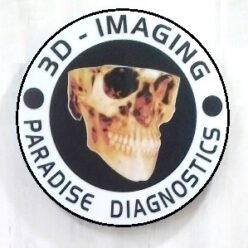The CS 9300 is a cone beam computed tomography (CBCT) system developed by Carestream Dental. Here are some general features that were associated with the CS 9300 as of my last update:
High-Resolution Imaging:
CBCT systems, including the CS 9300, are known for providing high-resolution three-dimensional images, allowing for detailed visualization of dental and maxillofacial structures.
Multiple Fields of View (FOV):
The CS 9300 likely offers different selectable fields of view to cater to various imaging needs, ranging from smaller regions for specific teeth to larger areas for full maxillofacial scans.
Versatile Applications:
Designed for a range of dental and maxillofacial applications, including implant planning, orthodontic assessments, endodontic evaluations, and TMJ studies.
Intuitive Software Interface:
CBCT systems typically come with user-friendly software interfaces that facilitate easy image acquisition, processing, and analysis.
Low Dose Options:
Some CBCT systems, including the CS 9300, may have features that allow for low-dose imaging protocols, aiming to minimize radiation exposure to patients.
3D Reconstructive Capabilities:
CBCT systems can reconstruct three-dimensional images from a series of two-dimensional X-ray projections, providing a comprehensive view of the anatomical structures.
Integration with CAD/CAM Systems:
Integration capabilities with Computer-Aided Design/Computer-Aided Manufacturing (CAD/CAM) systems for enhanced treatment planning and workflow.
Fast Scanning Times:
CBCT systems are designed to acquire images relatively quickly, reducing patient exposure time.
Panoramic Imaging:
Some CBCT systems, like the CS 9300, may include panoramic imaging capabilities, offering a wider view of the oral and maxillofacial structures.
Patient Positioning Features:
Adjustable patient positioning features for optimal alignment and comfort during the imaging process.
Please note that these features are based on general characteristics of CBCT systems, and the specific features of the CS 9300 may vary. To obtain the most accurate and current information, it is recommended to check the official documentation provided by Carestream Dental or contact the manufacturer directly.


